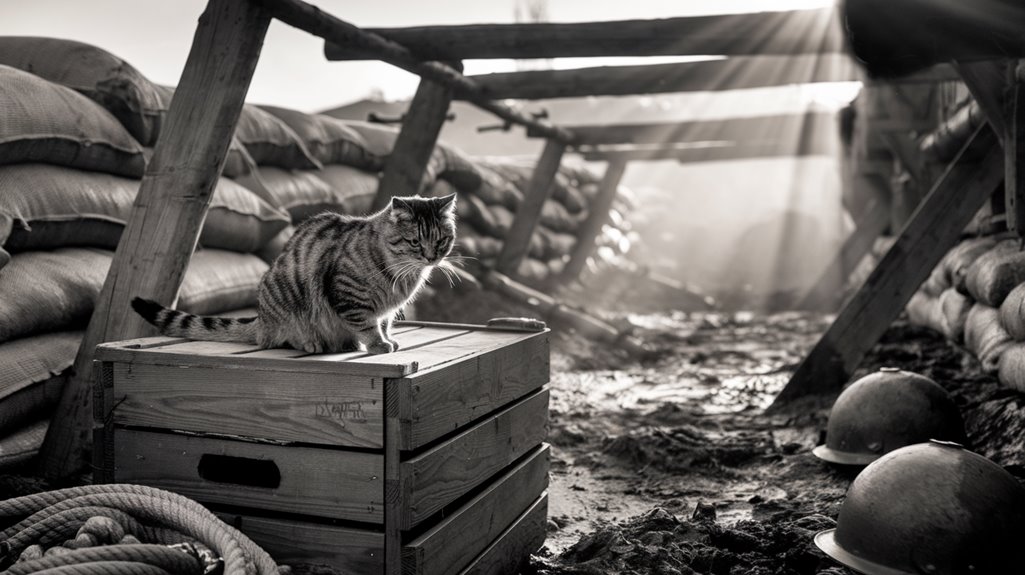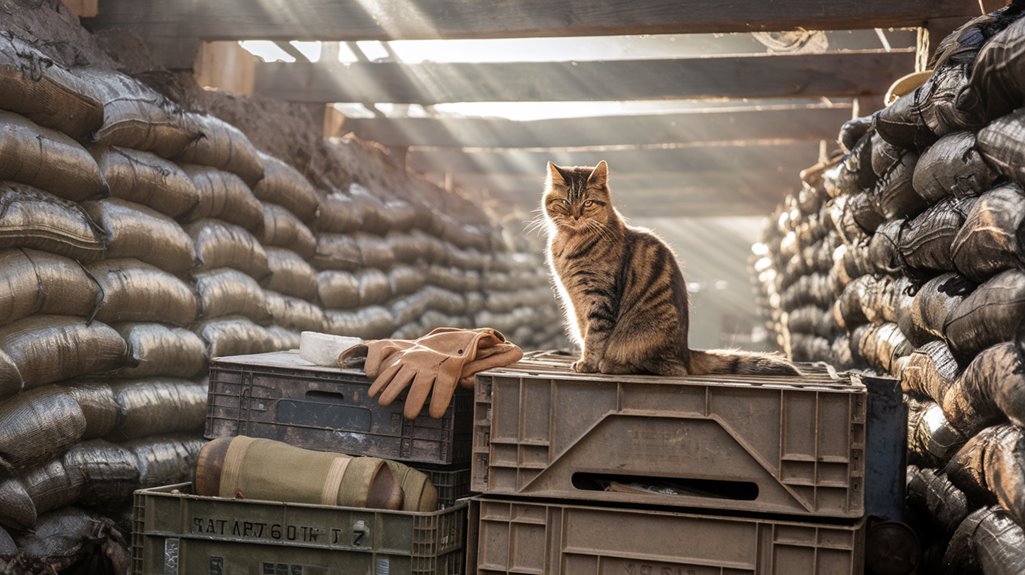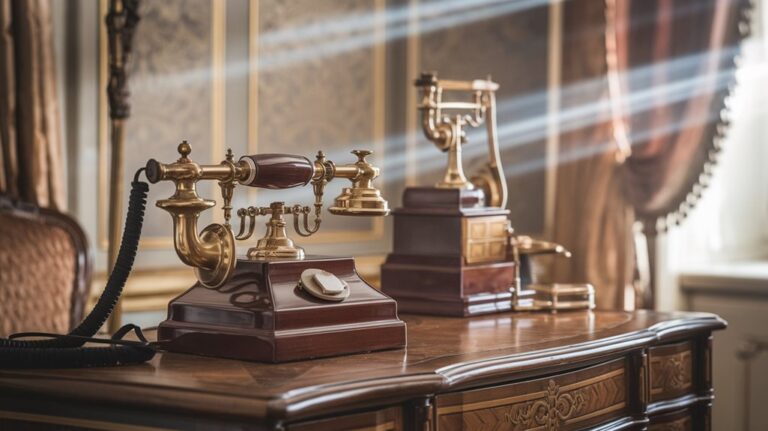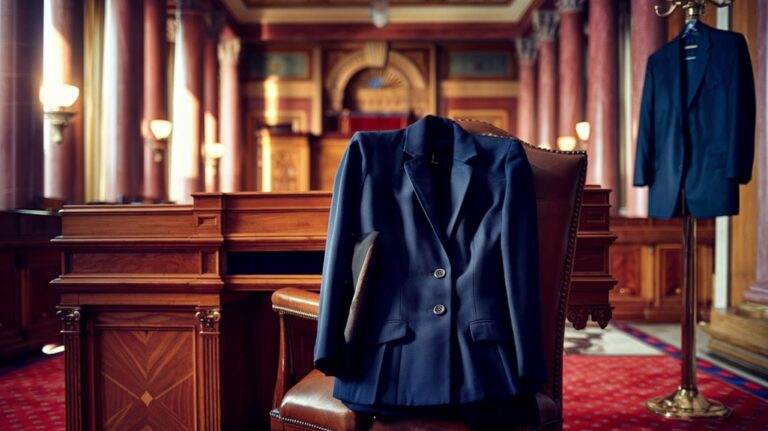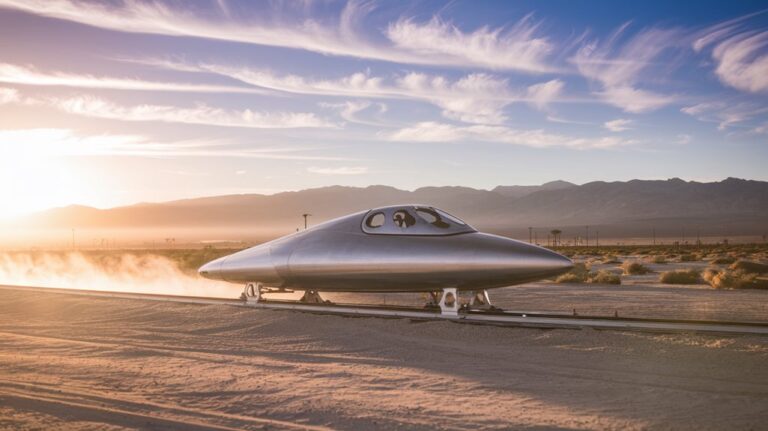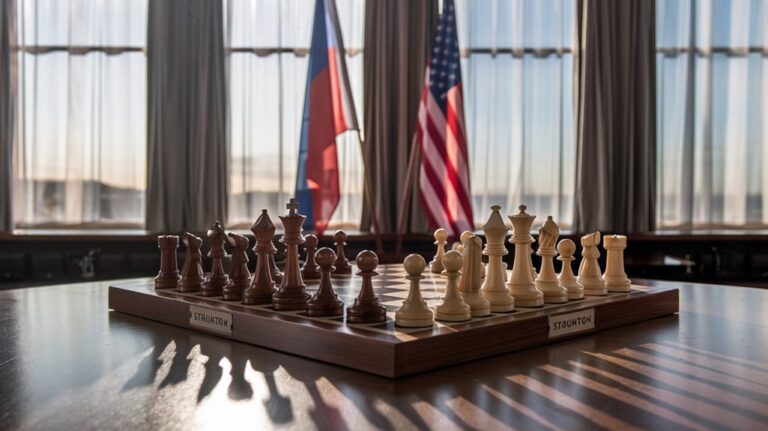Cats Were Used to Boost Morale in WWI Trenches
You've probably heard countless stories about war dogs and carrier pigeons in World War I, but there's another group of unsung heroes that deserves recognition: the cats of the trenches. These furry companions didn't just catch rats or mice – they became essential emotional anchors for soldiers facing unimaginable horrors. While military records don't officially track their numbers, photographs and soldiers' letters reveal how these four-legged friends transformed the brutal reality of trench warfare.
The Hidden Feline Army of World War I
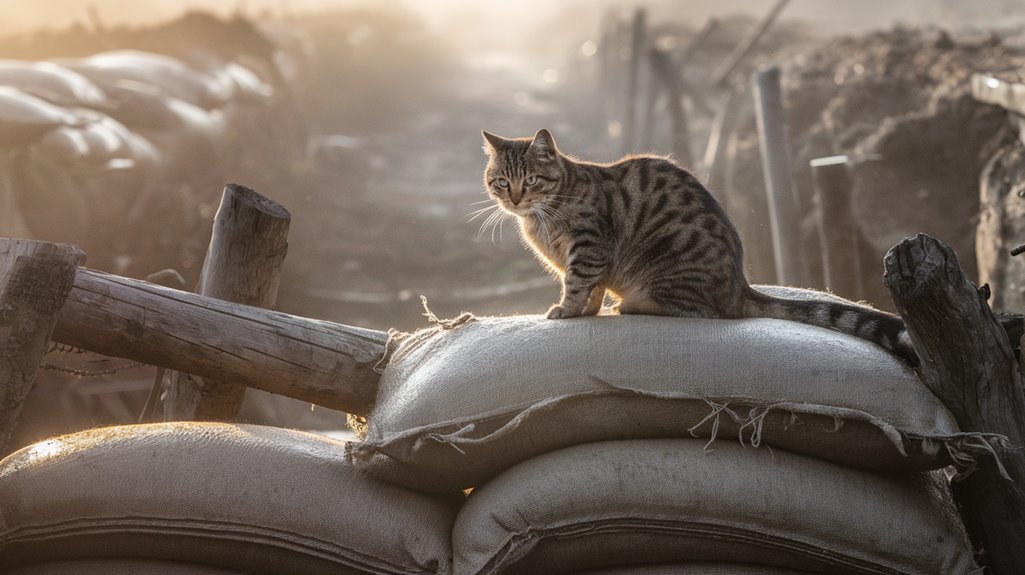
While many history books focus on the roles of horses and dogs in World War I, few people know about the massive deployment of over 500,000 cats to the trenches.
These feline soldiers served multiple vital functions that you might find surprising. They weren't just pets – they were essential workers in the war effort. Cats were among the many mascots for troops that helped maintain high morale during difficult times.
You'll find it fascinating that cats adapted remarkably well to wartime conditions. Their primary role was controlling the rampant vermin populations that threatened food supplies and soldiers' health. Naval vessels welcomed these skilled hunters aboard their ships.
Beyond this practical purpose, feline companionship became a vital element of trench life. Many cats were born right in the trenches, where soldiers raised them as mascots. They provided much-needed emotional support and entertainment, helping troops maintain their spirits during the war's darkest moments.
How Cats Saved Lives in the Trenches
Beyond their role as companions, cats emerged as unexpected lifesavers in the trenches of World War I through their remarkable ability to detect deadly gas attacks before humans could sense them. Their feline instincts made them invaluable early warning systems, as they'd react to toxic substances, particularly mustard gas, before soldiers could detect the threat.
Their wartime utility extended beyond gas detection. You'd find these alert creatures controlling the rampant rodent populations that threatened both food supplies and soldiers' health. The military actively recruited cats by placing advertisements in London to gather more felines for service. An estimated 500,000 cats patrolled the Western Front during the war, providing essential pest control services.
By keeping rats at bay, cats prevented disease outbreaks that could have devastated military operations. While many cats lost their lives serving as living gas detectors, their sacrifices saved countless soldiers.
Notable heroes like Pitouche even helped troops evade enemy detection, demonstrating how these animals routinely risked their lives for their human companions.
Unexpected Heroes: Tales of Bravery and Loyalty
Among the countless tales of wartime heroism, stories of feline bravery stand out for their remarkable impact on soldiers' lives.
You'll find these feline soldiers demonstrating extraordinary courage, like Pitoutchi, who saved his caretaker Lt. Lekeux by distracting German troops, and Simon, who continued hunting dangerous rats despite being wounded.
Even Felix, who paid the ultimate price by execution for carrying messages across enemy lines, showed unwavering dedication to duty. Just like Operation Mincemeat missions, these cats played crucial roles in transmitting vital information during the war.
Beyond their heroic acts, cats offered invaluable wartime companionship that helped troops maintain their sanity amid the horrors of trench warfare.
These natural-born protectors not only guarded soldiers against disease-carrying rodents but also provided emotional support through their loyal presence.
Calico cats, in particular, became symbols of good fortune, offering hope in the darkest moments.
From Street Cats to Wartime Mascots
During World War I, stray cats transformed into cherished military mascots through various paths of adoption.
You'd find soldiers rescuing local strays from combat zones, accepting feline companions as gifts from civilians, or even bringing their own cats from home. Some units specifically sought cats that matched their designated symbols, like the Tank Corps' preference for black cats. The Tank Corps notably launched a search for a battle-hardened cat in September 1918.
These military mascots proved invaluable beyond their symbolic roles.
You'll find countless stories of cats providing essential services in the trenches, from controlling rats to offering emotional comfort. Their keen senses even led some soldiers to believe they could detect incoming bombs.
The impact of this feline companionship was so significant that it influenced future military practices, with many cats receiving recognition for their service through prestigious awards like the PDSA Dickin Medal.
The Legacy of Trench Cats in Military History
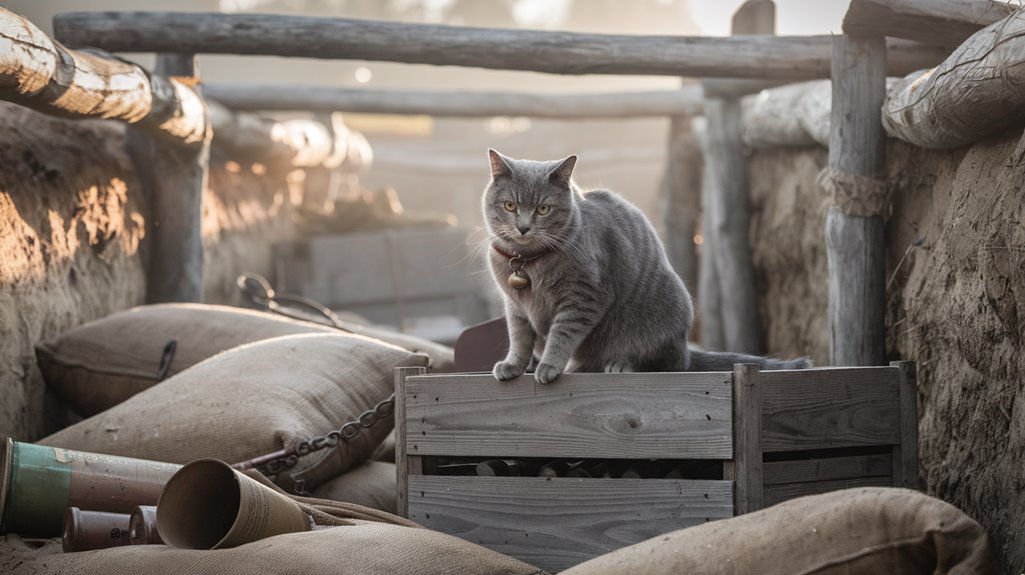
The remarkable impact of trench cats in World War I shaped how militaries view animal companionship in warfare.
Just as soldiers wore khaki trench coats, these feline companions navigated the muddy trenches alongside their human counterparts.
These feline companions proved invaluable in ways you mightn't expect, demonstrating trench resilience while helping soldiers cope with the psychological toll of war.
The trench environment provided ideal breeding conditions for millions of rats that threatened soldiers' safety and health.
Here's what made trench cats extraordinary military assets:
- They detected incoming bombs through their heightened sensitivity to atmospheric pressure changes.
- They controlled devastating rat populations that spread disease and attacked wounded soldiers.
- They provided essential emotional support that helped maintain soldiers' mental well-being.
You'll find these cats' legacy reflected in how militaries now recognize the value of animal support in warfare.
Their contribution went far beyond mere pest control, fundamentally changing our understanding of how animal companions can enhance military operations and support service members' psychological health.

